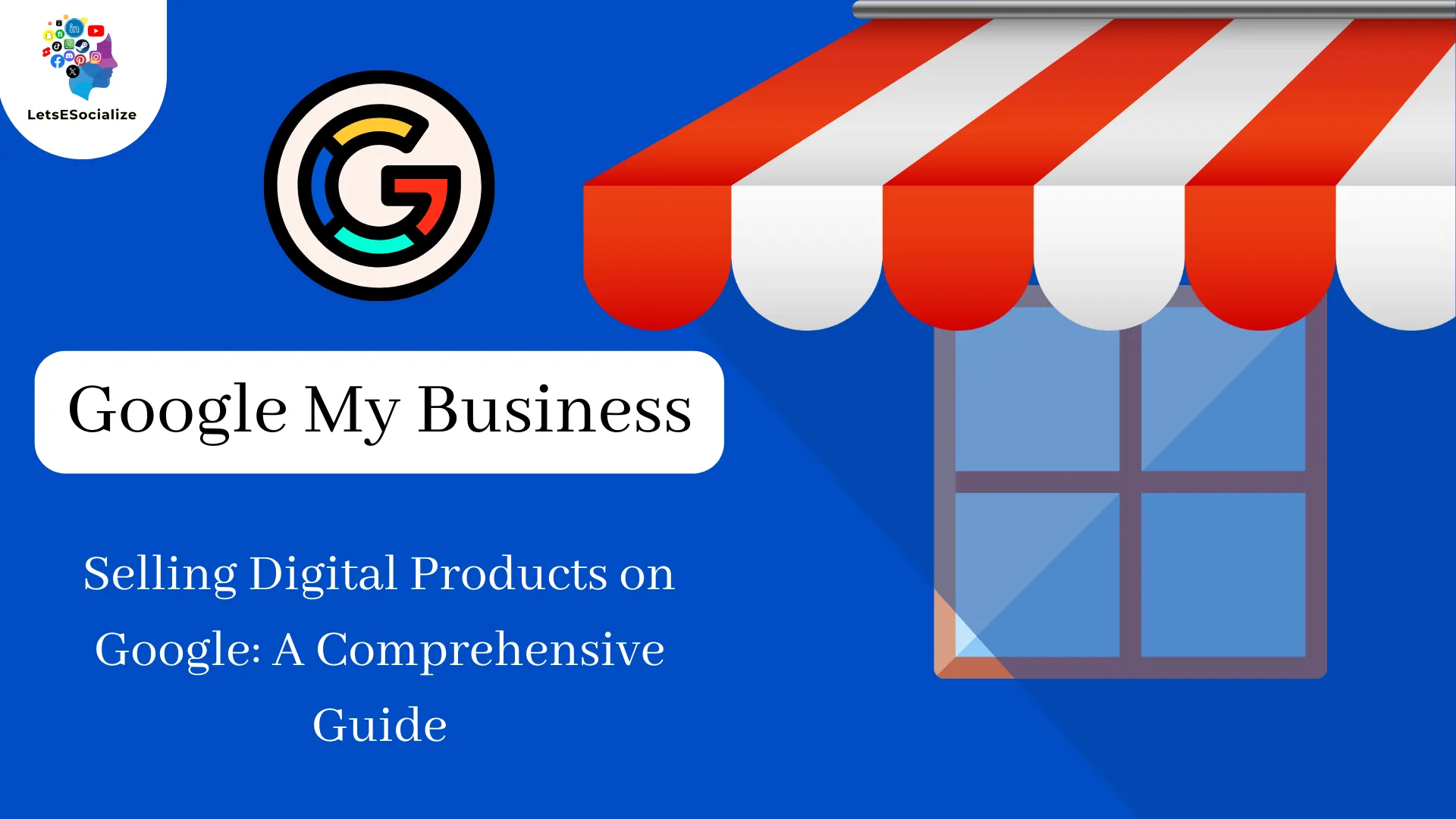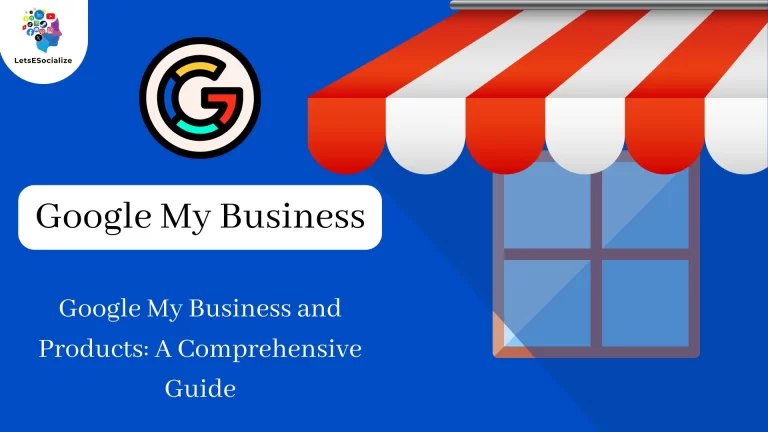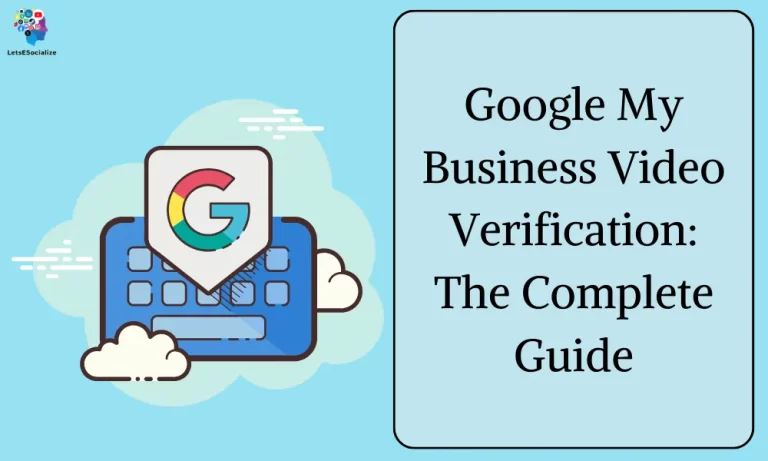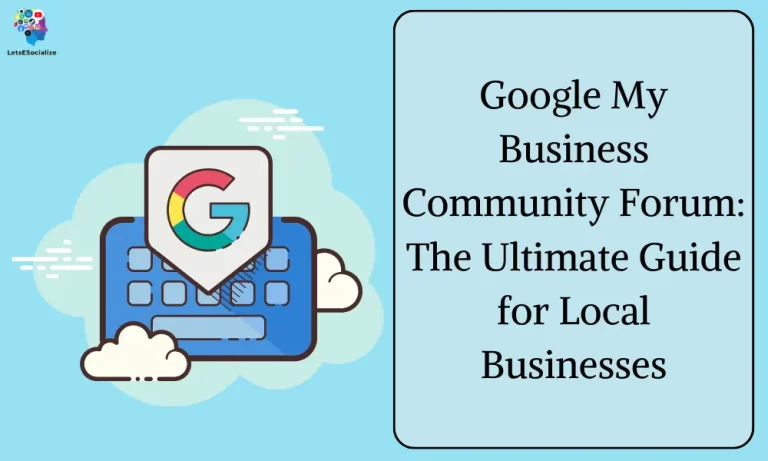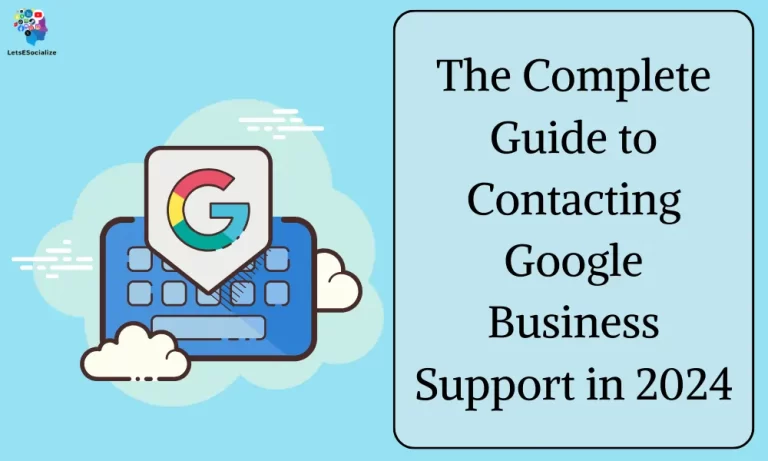In today’s digital age, the online marketplace has opened up a world of opportunities for businesses and entrepreneurs alike. One such opportunity lies in the realm of selling digital products on Google, a platform that offers unparalleled reach and visibility to a vast online audience.
Table of Contents
Digital products, often referred to as “information products” or “virtual goods,” are non-physical items that can be delivered electronically. These can include e-books, online courses, software, graphic designs, music, videos, and more. The beauty of digital products lies in their versatility, scalability, and the ability to reach customers globally without the constraints of physical distribution.
Selling digital products online offers numerous benefits, such as low overhead costs, instant delivery, and the potential for passive income streams. Moreover, by leveraging the power of Google, businesses can tap into a massive consumer base and benefit from the platform’s robust search capabilities and extensive marketing tools.
Setting Up Your Google Merchant Account
Before you can start selling digital products on Google, the first step is to set up a Google Merchant account. This account serves as the central hub for managing your product listings, orders, and overall business information.
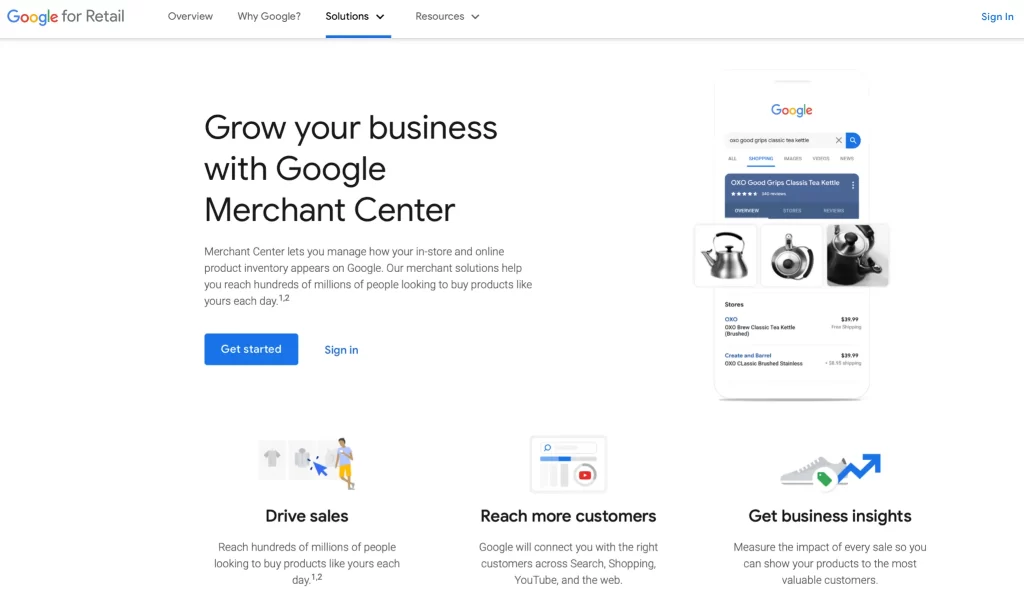
To create a Google Merchant account, you’ll need to meet certain requirements, including having a valid business address, a website or e-commerce platform, and complying with Google’s policies and guidelines.
Once you’ve gathered the necessary information and documents, the process of setting up your account is straightforward. Google provides a step-by-step guide to walk you through the account creation process, including verifying your website, providing business details, and setting up billing information.
After your account is set up, you’ll need to link it to your website or e-commerce platform. This integration allows seamless synchronization of your product data, orders, and inventory across various channels.
Also Read – X Embraces Passwordless Future, Gears Up for Passkeys Support on Android
Also Read – Does Google Shopping Help SEO?
Preparing Your Digital Products
With your Google Merchant account set up, it’s time to prepare your digital products for sale. Google supports a wide range of digital product types, including e-books, software, audio and video files, graphics, and more.

When preparing your digital products, it’s essential to format and package them correctly. This may involve compressing files into a convenient format (e.g., PDF, ZIP, or EXE), creating eye-catching cover art or thumbnails, and ensuring compatibility across different devices and platforms.
In addition to the actual product files, you’ll need to create compelling product descriptions and metadata. This includes crafting attention-grabbing titles, detailed descriptions that highlight the product’s features and benefits, and relevant keywords to improve search visibility.
Listing Your Digital Products on Google
Once your digital products are ready, the next step is to list them on Google’s platform. This process involves creating and uploading a product feed, which is essentially a structured file containing all the relevant information about your products.
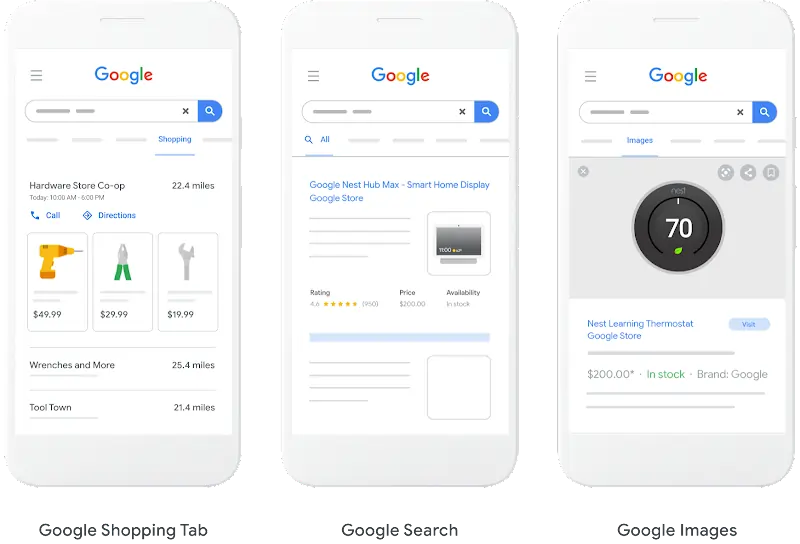
Google has specific product data specifications that you’ll need to follow to ensure your listings are properly formatted and displayed correctly. This includes providing details such as product titles, descriptions, pricing, shipping information (if applicable), and more.
To optimize your product listings for better visibility and sales, it’s crucial to follow best practices such as using high-quality product images, incorporating relevant keywords in your titles and descriptions, and providing accurate and up-to-date product information.
Pricing and Payment Processing
When selling digital products on Google, pricing is a critical factor that can significantly impact your sales and profitability. It’s essential to strike a balance between offering competitive pricing and ensuring a reasonable profit margin.
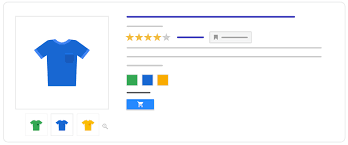
Consider factors such as production costs, market demand, and competitor pricing when determining your pricing strategy. Additionally, Google allows you to set different prices for different regions or currencies, enabling you to tailor your offerings to specific markets.
Google supports various payment methods, including credit and debit cards, PayPal, and Google Pay. As a seller, you’ll need to set up payment processing and configure tax settings based on your business location and the regions you serve.
Marketing and Promotion Strategies
Having your digital products listed on Google is just the first step; effective marketing and promotion strategies are crucial to driving sales and reaching your target audience.

One powerful tool at your disposal is Google Ads and Shopping campaigns. These paid advertising options allow you to showcase your products prominently in search results and across the Google network, increasing visibility and driving targeted traffic to your listings.
Social media marketing is another essential component of your promotion strategy. Platforms like Facebook, Instagram, and Twitter offer opportunities to engage with potential customers, showcase your products, and build brand awareness.
Email marketing and content marketing tactics, such as blogging, creating informative guides, and sharing valuable resources, can also help establish your brand as an authority in your niche and drive interest in your digital products.
Order Management and Fulfillment
When sales start rolling in, efficient order management and fulfillment processes are critical to ensuring a positive customer experience and maintaining a steady workflow.
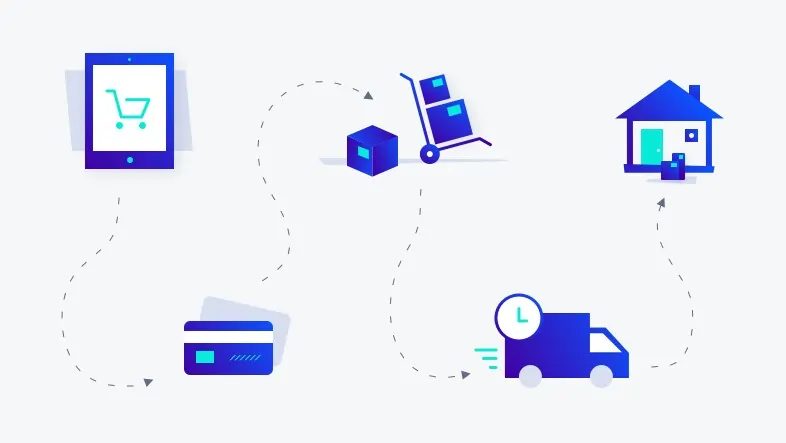
For digital products, order fulfillment can be automated to a large extent. Once a customer completes their purchase, you can set up systems to automatically deliver the purchased files via email or provide download links.
Handling customer inquiries and support is also an essential aspect of order management. Be prepared to address questions, concerns, or issues that may arise regarding your products or the purchasing process.
Additionally, tracking sales and performance metrics can provide valuable insights into what’s working well and areas that may need improvement. Google’s platform offers various reporting and analytics tools to help you monitor your sales data and make data-driven decisions.
Compliance and Legal Considerations
When selling digital products online, it’s crucial to be aware of and comply with relevant laws and regulations. This includes understanding intellectual property rights, and copyright protection, and ensuring that you have the necessary licenses or permissions to distribute the digital content you’re selling.

Privacy and data security are also critical considerations, especially when handling customer information and payment data. Implement robust security measures, such as encryption and secure data storage, to protect sensitive information and maintain customer trust.
Furthermore, familiarize yourself with consumer protection laws, tax regulations, and any industry-specific guidelines that may apply to your business and the products you offer.
Case Studies and Success Stories
To better understand the potential and real-world applications of selling digital products on Google, let’s explore a few case studies and success stories:

- Sarah, a graphic designer, leveraged Google’s platform to sell her premium design templates and stock graphics. By optimizing her product listings and running targeted ad campaigns, she was able to reach a global audience and significantly increase her sales and passive income streams.
- TechLearn, an online education company, used Google to sell their comprehensive video courses on various technical topics. By offering competitive pricing and bundling complementary resources, they attracted a loyal customer base and established themselves as a trusted authority in their field.
- MusicMaster, an independent music production company, found success in selling their royalty-free music and sound effect libraries on Google. By catering to the needs of content creators, filmmakers, and video editors, they tapped into a lucrative niche market and expanded their reach globally.
These success stories highlight the versatility of selling digital products on Google and the potential for businesses of all sizes to thrive in this space.
Frequently Asked Questions (FAQs)
Future Trends and Opportunities
The world of digital product sales is rapidly evolving, and staying ahead of emerging trends and opportunities is crucial for long-term success. Here are a few areas to keep an eye on:
- Emerging Technologies: As technologies like augmented reality (AR), virtual reality (VR), and blockchain continue to advance, new opportunities for creating and selling innovative digital products may arise.
- Expanding to New Platforms and Marketplaces: While Google is a powerful platform, exploring other marketplaces and sales channels can help diversify your reach and revenue streams.
- Personalization and Customization: Customers increasingly demand personalized and tailored experiences. Offering customizable or on-demand digital products could provide a competitive edge.
- Subscription Models: Consider exploring subscription-based business models, where customers pay recurring fees for access to exclusive content, updates, or premium features.
- Staying Ahead of the Competition: Continuously monitor industry trends, consumer preferences, and competitor strategies to identify areas for improvement and stay ahead of the curve.
Also Read – Google Chrome AI Writing Assistant
Conclusion
Selling digital products on Google presents a lucrative and exciting opportunity for businesses and entrepreneurs alike. By leveraging the platform’s vast reach, robust marketing tools, and streamlined selling processes, you can tap into a global market and unlock new revenue streams.
Throughout this comprehensive guide, we’ve explored the steps involved in setting up your Google Merchant account, preparing and listing your digital products, implementing effective marketing and promotion strategies, managing orders and fulfillment, and navigating compliance and legal considerations.
Additionally, we’ve highlighted real-world success stories and case studies that demonstrate the potential and versatility of selling digital products on Google across various niches and industries.
As you embark on this journey, remember to stay up-to-date with emerging trends, embrace new technologies, and continuously adapt to evolving consumer preferences. By doing so, you’ll not only remain competitive but also position yourself at the forefront of this dynamic and ever-growing digital product marketplace.
So, whether you’re an aspiring entrepreneur, an established business owner, or a creator looking to monetize your digital content, now is the time to seize the opportunity and start selling your digital products on Google. With determination, a solid strategy, and a commitment to providing valuable products and excellent customer service, you can pave the way for success in the digital realm.

